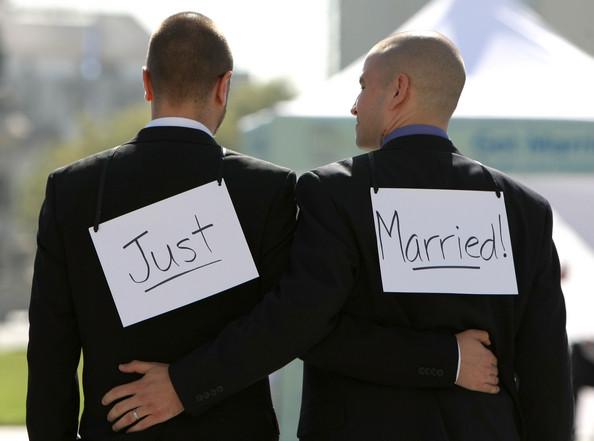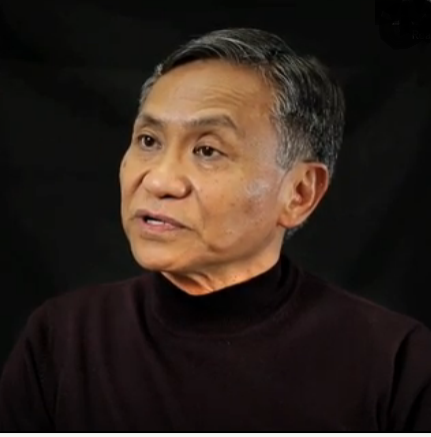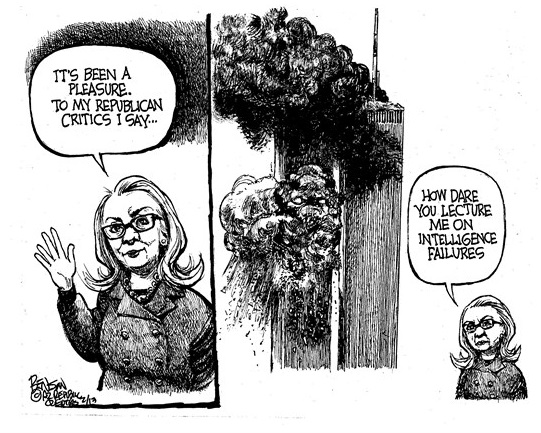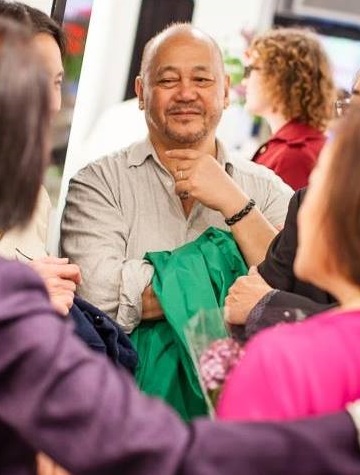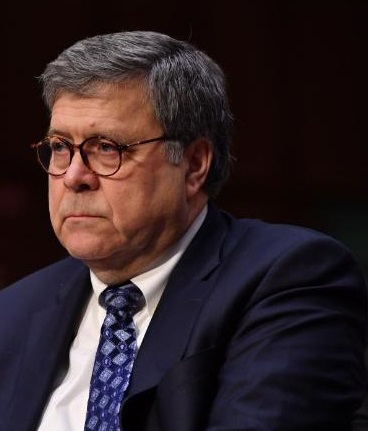‘The Hearing:’ An unpolished film with a timely social justice message

By Joel David
The twentieth edition of the Cinemalaya Independent Film Festival actually featured a number of entries that betokened its coming of age, inevitably disappointing certain sectors who would have preferred more of their type of cinema. One could construct a formal spectrum ranging from documentary to mainstream-starred feature and find various netizen voices clamoring for each one while deriding all the rest as unworthy of inclusion.
This may actually be a positive indicator of the event’s inclusivity (or its cynicism, if one were to adopt a more negative stance). Each of the entries was marked by its configuration of what “independence” meant for its own specific application, with the real-world intimidation of an entry that had to be consequently pulled from exhibition effectively rupturing the limits of this mode of practice: Lost Sabungeros, a documentary on 36 missing cockfighting enthusiasts, was announced as cancelled without any definite reason, fueling speculation regarding the intervention of prominent business and/or political figures implicated in the report’s findings.
Having no direct access to any screening, I can only provide cursory notes on critical responses to some of the entries as well as provisional commentary on one text made available by its production group. Advocates for reality-based film production have glommed onto Alipato at Muog (Ember and Fortress), directed by JL Burgos, about the well-known abduction and disappearance of his brother Jonas in 2007.
Hysterical responses have also been expressed regarding Kip Oebanda’s Balota (Ballot), on the adversity endured by a public-school teacher tasked with delivering election results, played by deglamorized TV and movie star Marian Rivera (“the masses are stupid … putangina” went one contradiction-laden writeup).
Several other commentators who foregrounded their ideal of neorealist-inspired indie practice (i.e., no professional performers, narrative drawn from real life, advancing a social problem that proper legislation could solve, if only) endorsed Richard Jeroui Salvadico and Arlie Sweet Sumagaysay’s Tumandok, on a Visayan Ati community’s struggle to raise funds to legalize their land claims.
As it turned out, The Hearing, the only entry to which I was granted access, embodied some of the most problematic responses in the commentaries of festival observers. No one denied the timeliness and urgency of its message, yet even its most enthusiastic responders couldn’t get over the fact that it wasn’t as polished as a feature film ought to be. Its exceptional condition reminded me of an entry during the 2008 edition, Ellen Ongkeko-Marfil’s Boses (Voices), which was the festival’s only advocacy film – and the only movie excluded that year from a festival prize. That period of over a decade and a half in the past was certainly more saturated in indie idealism, with a self-declared film authority dominating the since-suspended Cinemalaya Film Congress in order to ensure that any hint of mainstream accommodation be exposed, denounced, and sidelined.
The Hearing will certainly bear close scrutiny as a bellwether of how far attitudes have shifted, if they ever did at all. So far, film analysts still feel stumped by their standard academic preparation in evaluating a work according to its several elements – a vexatious paradox, to say the least, since all those elements had already been brought together in order to arrive at a finalized work. The key to approaching such a film is in recognizing how its function as an advocacy piece aligns it more closely with the documentary than with feature-filmmaking tradition. As such, any viewing pleasure it provides will only happen to be coincidental.
The mise-en-scène immediately makes this purpose apparent. In keeping with its reduction in resources, the film’s characters are situated front and center, with the camera functioning as conversation partner. The strategy motivates the verbal exchanges, as it would in a regular feature film; but since the main character is speech-and-hearing impaired, his point-of-view shots are rendered with severely muted sounds, wherein his companions take time to use gestures or request sign-language users to convey their statements to him. The fact that the film refuses to violate his infirmity by, in effect, jump-cutting to the verbal articulations of his companions demonstrates how this type of advocacy filmmaking upholds the documentary project in accepting what historical reality has provided. We (as audiences) will just have to find our filmic pleasures in other ways.
The film also acknowledges the narrative’s real-life origin in skipping over the character’s judicial triumph – a gift of a grand jump-cut if there ever was one. We witness the siblings attempting to amuse themselves, and their parents taking in their children’s happiness while demonstrating some anxiety over a future in which they had isolated themselves from the largesse provided by clerical privilege; devastation eventually arrives in the form of statistical information flashed right before the closing credits.
The Hearing offers no easy way out for its audience, inasmuch as its own characters had none of their own either. What it provides in exchange is the close, admittedly uncomfortable, association with the kind of person we would normally take pains to avoid if we could. The few sad moments it extracts ought to count as fair exchange.
Joel David is a retired professor of Cultural Studies at Inha University and was given the Art Nurturing Prize at the 2016 FACINE International Film Festival in San Francisco. He has written several books on Philippine cinema and maintains a blog at https://amauteurish.com.


